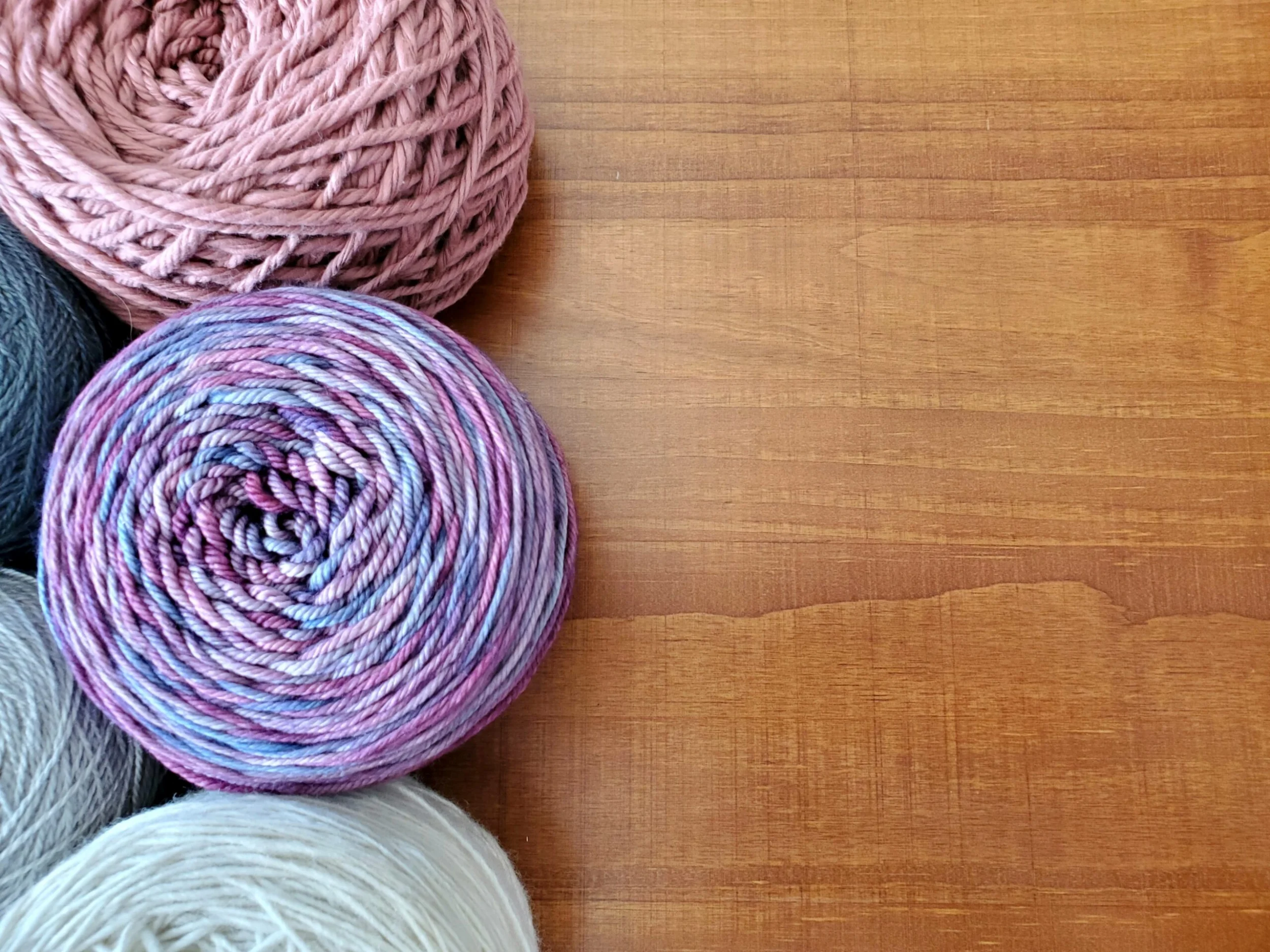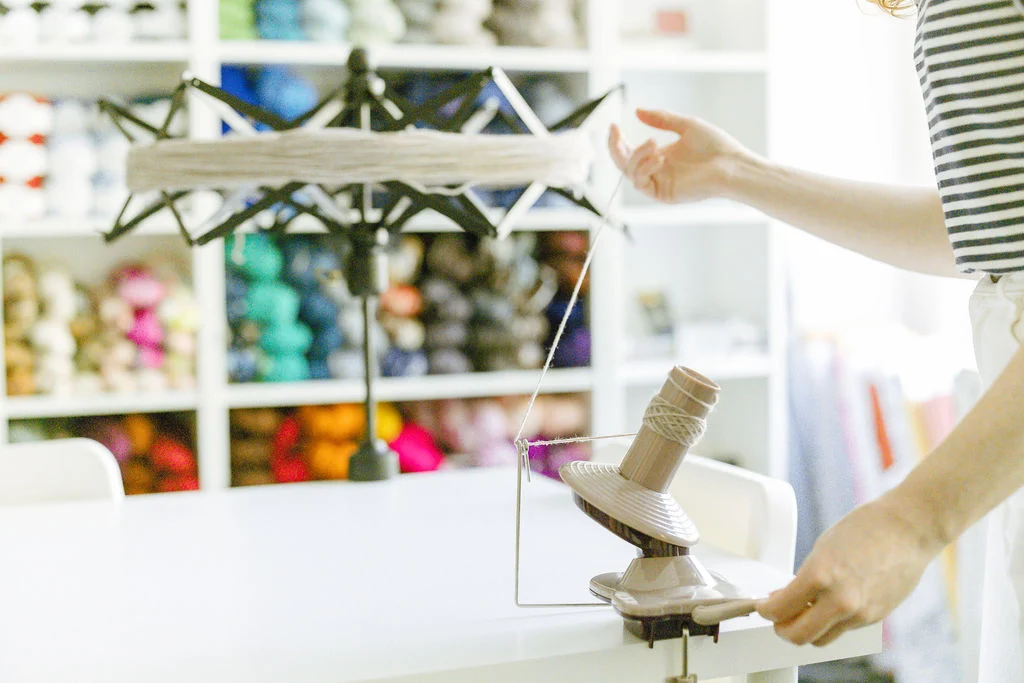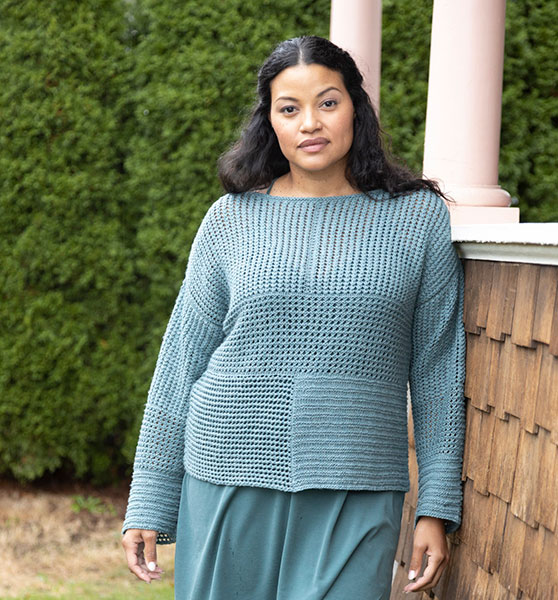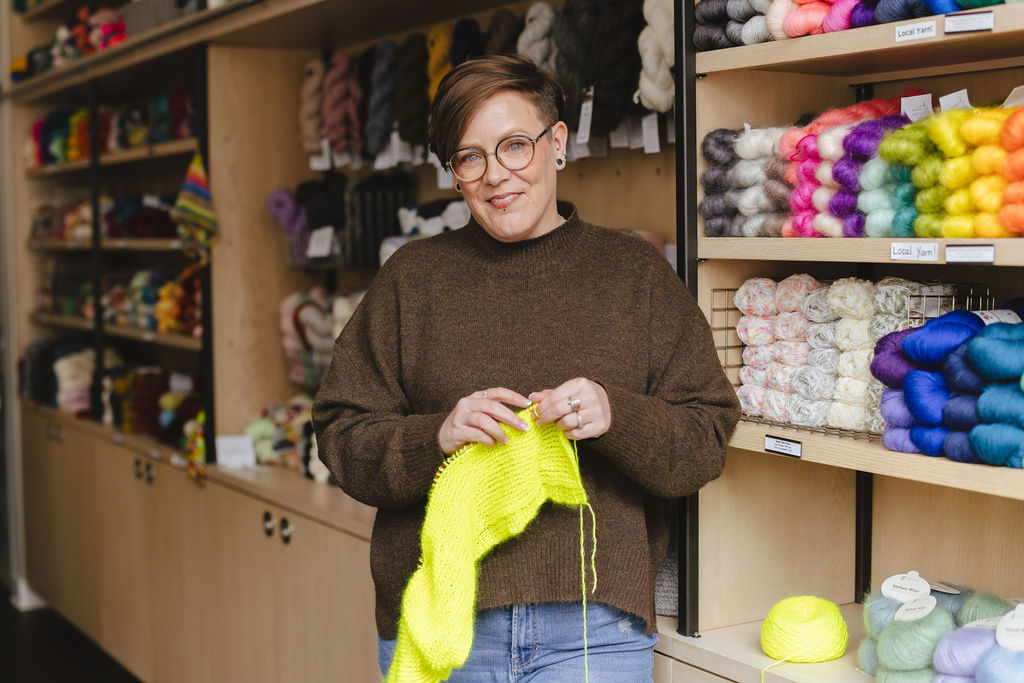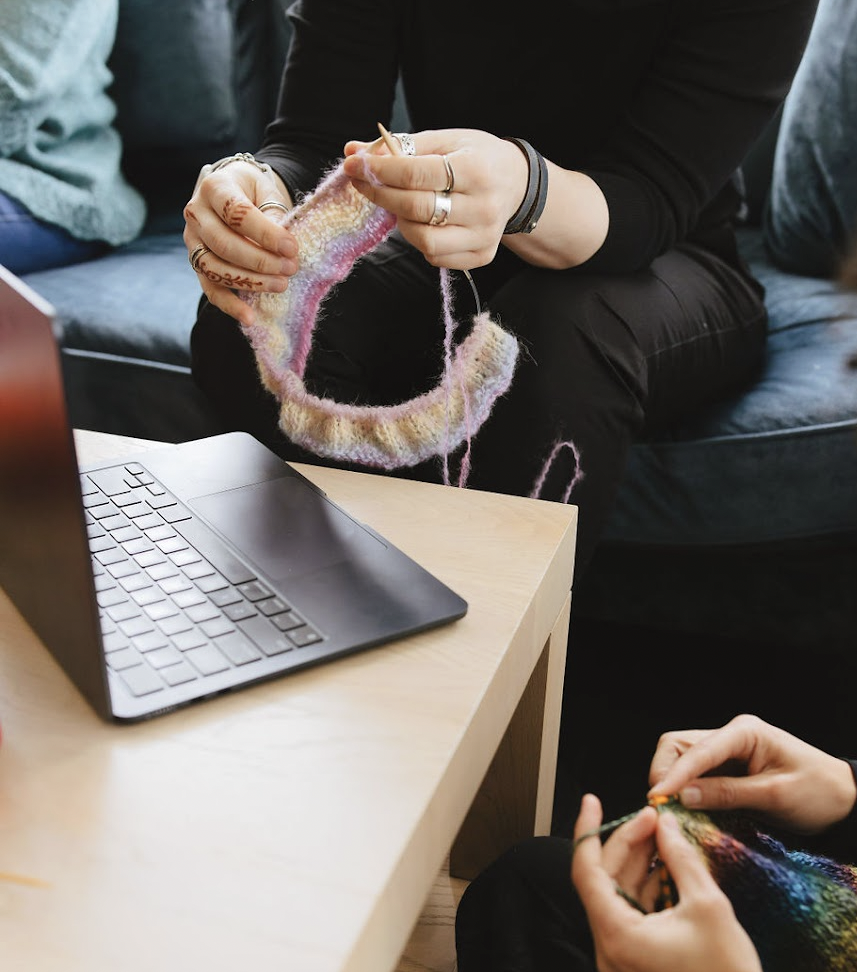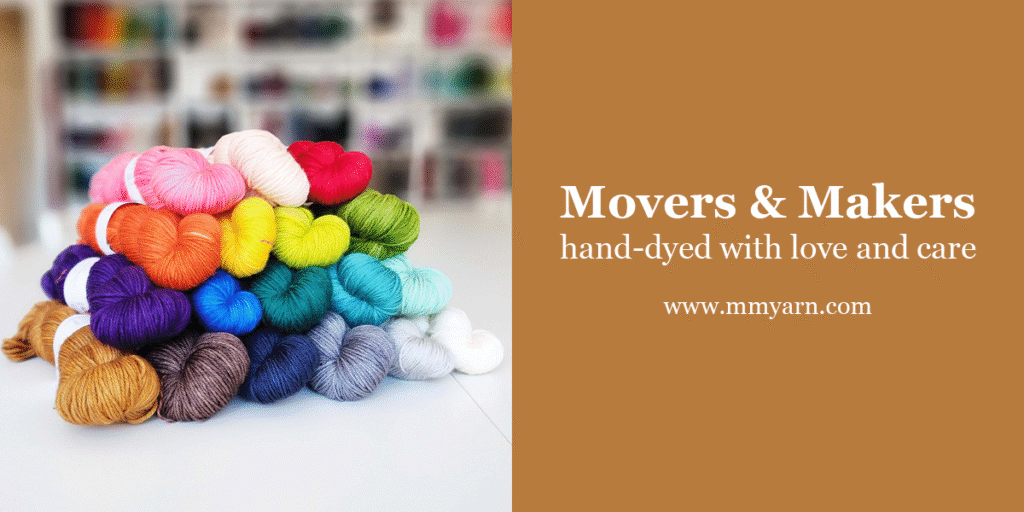We’re here with some insightful tips to help make navigating yarn company partnerships a little easier! In part one, we’ll teach you where to start and how to determine if the brand collaboration of your dreams is actually a good fit. In part two we’ll teach you the elements you need to perfect your pitch.
Before you read through the following post, take a minute to craft a list of the companies you would LOVE to work with. Then it’s time to ask yourself WHY those companies are on your list. Having the answer to that question will make your reach out that much more personal.
get to know yourself better!
Knowing yourself as a designer means knowing your style hallmarks, material preferences, personal ethics, and morals and how all of these things combine to determine your point of view as a designer. This triad of elements will lead you toward great partnerships with companies that meet and match not only your values but your audience’s values, too.
define your style hallmarks:
The best way to begin exploring your style hallmarks is to break them down into three categories: fit, fabric, and color.
which fit are you?
When evaluating your patterns for fit, you might notice that you create more oversized loose-fitting pieces or streamlined ones. Maybe you only design accessories, or a specific type of pattern.
review your patterns for fabric.
Do you work with heavier weights? Are your pieces textured, or smooth? Have you ever worked in high-halo materials, or do you like your finished fabrics with a sheen? Maybe there’s colorwork, or perhaps a particular technique you come back to time and time again. These elements help make up the fabric style hallmark.
the third style hallmark is color!
For this one, we recommend opening up an existing pattern page listing all your designs (maybe your gosadi Designer Landing Page). From here, look for colors you use time and time again, or feature in your primary listing photos. If you’re active on Instagram, you can also use the Year of Color site to pull from the past year of posts and create a complex color palette that defines your style on the app.
Pull these three style hallmarks together and you’ll begin to see yourself how the world sees you through your creative work. Maybe you’ll discover something that surprises you!
which materials matter to you?
The next step in developing relationships with yarn companies? Know your own material preferences.
There is nothing worse than committing to a design you’ve pitched with a yarn company you love, only to discover when the yarn arrives that you dislike it. Save yourself and your potential partners some time by doing your research.
If you have the funds, purchase color cards or a single skein from the company and audition the yarn for your pattern. This allows you to check gauge, measure, and begin to write the pattern’s basic outline before reaching out about a partnership. If you take the time, you can test fit and construction options in advance, too, and get an estimate from your gauge swatch about how much yarn you’ll need for the full garment.
Additionally, you’ll get a feel for how the fabric washes, wears, stretches, and changes with working, before you put hundreds of hours into a design only for it not to work out, or for you to end up feeling like a different yarn would be a better match.
If you’re unable to purchase yarn for your design yourself and are considering a partnership simply for yarn support, visit a yarn retailer (a yarn shop or big box store close to you) and choose from materials there. This allows you to touch and feel the yarn before purchasing, and many of these stores also have swatches on display or samples made from the yarn.
At a small local yarn shop, you can also discuss the saleability of the yarn, the popularity of the weight with local customers, and which colors fly off the shelves–this is useful market research that will better prepare you for your pitch!
Spend some time looking up reviews for the yarn, if possible, to see how other crafters felt about working with it, or any challenges the material presented them during their project. This insight is so helpful and can save you hours of trouble in the future caused by matching the wrong yarn to your design.
If you’re really ahead of the game, simply ask for a sample! This is easiest if you are already an established designer but it’s also often easier than you would think if you are a smaller designer too. When a new yarn is released yarn companies are looking for ways that they can promote that yarn. Let the company know that you are interested in trying it out for a potential design down the road.
Keep your request small 1-3 balls for swatching and color selection. If you really want to sweeten the deal you can offer a social post on your most active channel in exchange for the yarn.
This is a great way of getting the yarn for free to try it out, building a relationship, and also giving the yarn company a preview of the types of content you would create for them if given the chance to create a full design down the road.
stand by your values.
Your values, both personal and professional should be the compass guiding the choices you make. It’s essential to sit down and think about what you stand for both publicly and privately and make sure you are aligning with businesses that share your values, whatever those might be.
Do your research!
Start by delving into the yarn company itself, who’s behind the scenes, and how public are they on the topics that matter to you and to your audience. Visit their “About Us” page on their website, scroll through their social channels, and confirm that this collaboration will sit well with you AND your customer.
For an example that comes from outside of the stitchwear community, let’s go to the world of fashion. Last year, Kourtney Kardashian got into A LOT of hot water by announcing her “sustainable fashion” line partnership with fast fashion brand Boohoo. Her audience was quick to point out the hypocrisy and it damaged her brand. If you claim to be a sustainability advocate then the yarns you choose for your patterns should reflect that.
Another example; is referencing a Kardashian in a serious educational tutorial a good choice for your blog? These are the questions that you need to think about when you’re choosing your next steps as a designer.
Now that you know who you are and what you’re looking for take a moment to read through the list that you made at the beginning of this post. Did anything change? Are the companies on your list aligned with your values, esthetic, and ideal materials? Are there new brands that you can add to your original list now that you know yourself and your style better?
Once you’re happy with your choices, congratulations! It’s time to begin crafting your pitch.
